Skip ahead
- Your Company Has a Website… Now What?
- How Does Search Engine Optimization Increase Website Conversion?
- Google Has Spoiled Internet Users
- Change Your Headlines and Pictures to be Bright Reflections of Your Company
- “Try Our Marketing Services For FREE Today!”
- Use Authentic Photos Instead of Internet Stock
- Ditch the Search Bar on Your Website
- Give Your Visitors a Call-To-Action
- Communicate With Your Audience
- Add Reviews, Increase Your Rank
- Improve Your Download Speed
- Slim Down the Amount of Forms on Your Website
- Make the Best Changes to Your Website
- Summing It All Up
Your Company Has a Website… Now What?
So you’ve finally decided to bring your company into the 21st century by creating a website. It’s likely that you’ve already spent money not only on the design and web development of the website but also on some online advertising. With the money spent, hopefully, you are already seeing an increase in the amount of traffic directed to your site. You might even periodically receive phone calls and emails generated from these marketing efforts. As it turns out, maybe search engine optimization can be useful after all.

You’re happy, but you want more.
Is it possible for you to get more feedback from your company website without spending any extra money on advertising? In short, yes. The key is to focus on the minute details of the website in order to organically increase the amount of traffic brought to it. In other words, you can do so by improving your site’s conversion rate. By actively working to improve the various factors on your website that are statistically proven to convert visitors into patrons, you are permanently changing the value of your company’s online presence.
This article caters to the ambitious who seek to improve the quality of their websites not just through larger advertising budgets, but through the application of tried-and-true SEO methodologies aimed at increasing visitor conversion. The information below is a compilation of some of our favorite techniques used to increase a website’s conversion rate.
How Does Search Engine Optimization Increase Website Conversion?
Let’s say that your site, on a daily basis, receives around 100 visits. These visits come from your various social media platforms, search engines, advertising, contextual networks, etc., as well as from those who visit your website directly. On average, 30-40% of these 100 visitors arrive at your website by accident and, upon noticing that your page is not what they were looking for, they immediately leave. Perhaps your site was at the top of their search engine ranking, or your business was local in their area. Also known as bouncing, these visitors are meaningless to you, so we forgive them for their short stay and quietly forget about them forever.
In a similar camp, another 30-40% of visitors are those who have purposefully entered your website but have done so for the purpose of gathering information. Students conducting research, mothers trying to find the best price for their children’s sports equipment, or disgruntled employees searching for a new job. These people are unreliable because they may or may not become our customers.
The last 30-40% of visitors, however, are the potential customers worth fighting for! These are the people we will focus our attention on.
Google Has Spoiled Internet Users
In a world with so many options available to us, we can almost always find exactly what we are looking for. Too many choices, however, and we find ourselves frozen and unable to decide where to start. Similarly, with so many links from which to choose, users are ruthlessly discriminatory in their search. If the site takes too long to load, they close out. If the site opens up to an ugly or unappealing web design, they close out. Some of it is even psychological. I once had a friend who, when searching for certain products online, only seemed to buy from websites with the color green incorporated throughout the design scheme.
The supply of the internet market often exceeds the demand once search engines like Google present the thousands of links relevant to the search submission. It is often the case that visitors will open multiple links at once (usually from the top rank of the Google search) with the idea that as soon as a website does not meet their standards in one form or another, they will close it. It is at this initial stage where you can improve your website so that your company page remains open while your competitors are closed out for eternity. These improvements will increase your visitor conversion rate, landing you more customers who decide to buy.
1. Change Your Headlines and Pictures to be Bright Reflections of Your Company
This is worth stating over and over: the first impression of your website is one of the most important parts of your website’s conversion success. If your visitors are confronted with an unappealing or low-quality image right on the main page, you will push them away. On that same note, the photos must also fit the theme of your website and your business. If your website’s design is smooth and elegant, yet you add jagged and loud images, you lose the sense of continuity that your visitors intrinsically desire. If your company sells a wide range of landscaping equipment, yet you only see pictures of one brand or piece of machinery, you risk misleading potential customers.
When someone arrives to your website for the first time, they first take it all in as a whole, studying the “big picture” that is your site. Once they have decided that they will remain on the page for a bit longer, visitors will next examine the main pictures and headlines. It is here where an essential understanding of human nature is very important: people are lazy. They will read as little text on your firm’s page as possible. With large, vibrant pictures and clear, concise headlines, you are appealing to the unconscious (sometimes conscious) laziness of your visitors and spinning it to your advantage.
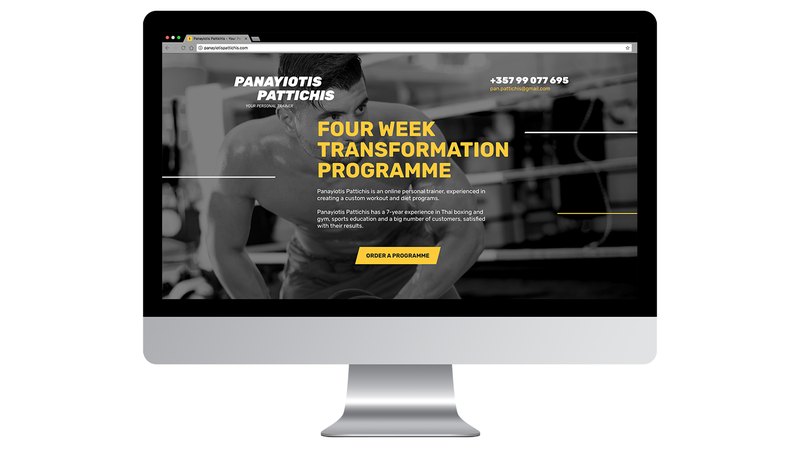

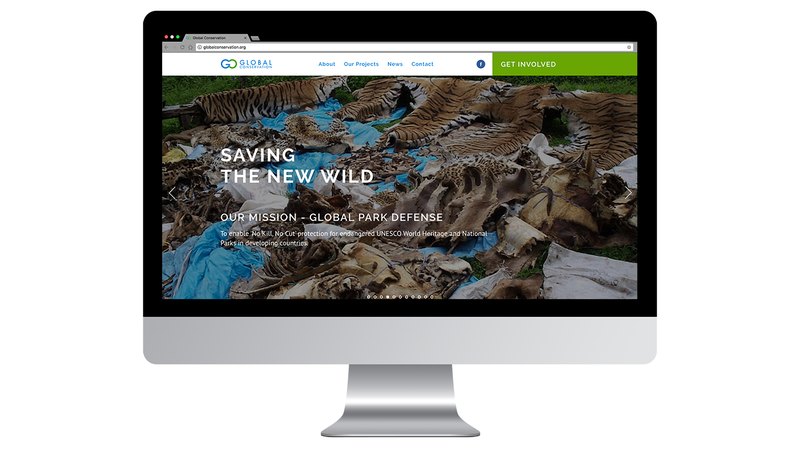


2. “Try Our Marketing Services For FREE Today!”
“Get your first lesson for free!” “One week free gym membership!” “Free website audit anywhere in Philadelphia!” It’s no secret that free is everyone’s favorite price. We love the feeling of “saving” money where others are forced to spend. If you’ve got a website with organic content and a professional design, visitors are more likely to trust your discounted offers rather than view them as scams. This is key. Once your visitors are using your product or services for free, they more likely to spend money on it later on when the offer is up. This is of course assuming that the product or service you offer is in and of itself of value to your customers.
3. Use Authentic Photos Instead of Internet Stock
We understand, you’re not a professional photographer (unless, of course, you are) and your pictures are nothing like those available on stock photo websites. The fact of the matter is, however, that your pictures are noticeably authentic. Your customers will get much more from a legitimate photo of your office and your team than they will from a clearly staged photo that doesn’t represent your company. This is all stated with the caveat that the photos you are taking are of an acceptable quality. Be as authentic online as possible, but make sure you aren’t sacrificing too much quality as a result.
4. Ditch the Search Bar on Your Website
We said it already, Google has spoiled us all. The search engine optimization giant has advanced technology and keyword recognition techniques that the search menu of your website simply isn’t capable of replicating. Thanks to Google, users will type full sentences, misspelled words, or any combination of the two into your search menu, only to be given little to no relevant results. To avoid user frustration and the perception that your website is “lacking,” it is best to forgo the search option.
5. Give Your Visitors a Call-To-Action
The best results from your website not only come from maintaining a top rank in major search engines for a variety of relevant keywords, but also from its ability to induce its visitors to interact with your company or firm. Typical examples of this include phrases such as “Register Now,” “Signup for 3 Day Trial,” and so on. Getting your potential customers clicking throughout your website is a promising and valuable technique in any website optimization strategy.
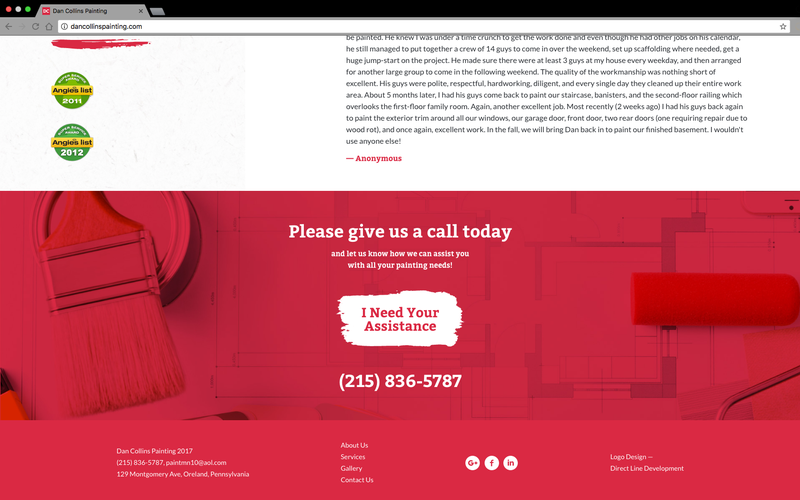
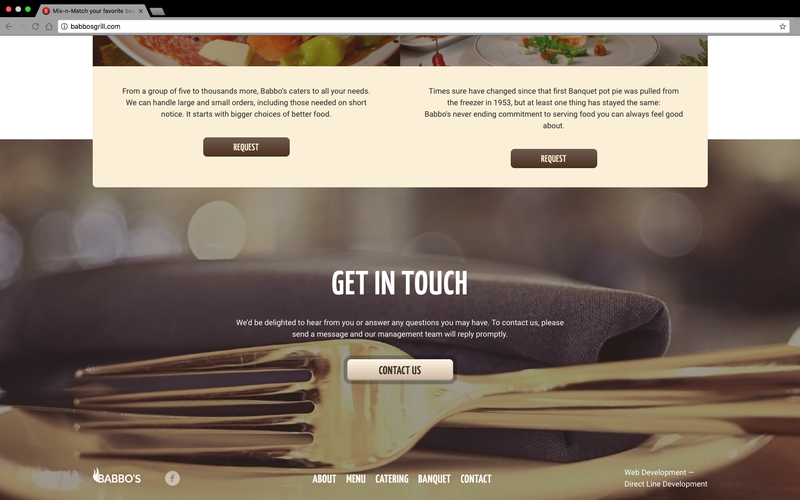
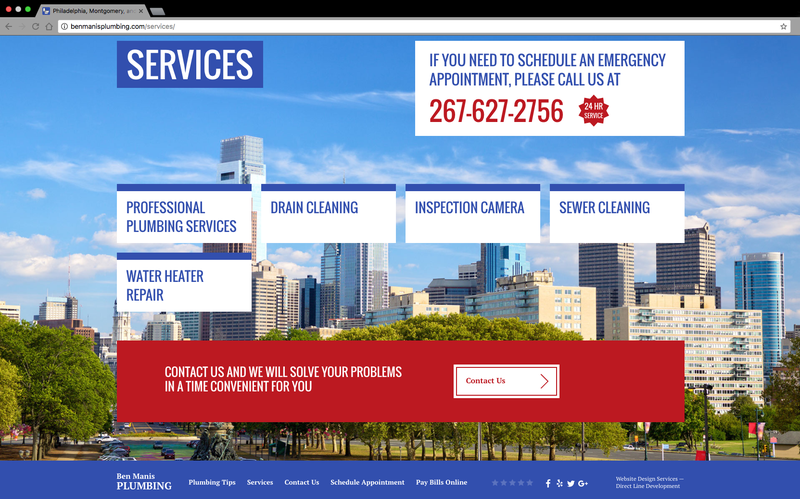


6. Communicate With Your Audience
We often advise that a website should be more than simply a block of text with nothing else to captivate the visitor’s attention, but this does not mean that the text is not important. After taking User Experience into account, the text on your website should inform the visitor of all the information that he or she seeks to find.
With search engine optimization, your website is designed to appear for a multitude of different search submissions. While it may seem valuable at first to cast as wide a net as possible in terms of the keyword queries that link to your website, you want to ensure that your visitors are finding what they search for on your site. The key to being successful in this area of organic SEO is to understand how a potential customer is approaching your business. Will they want to know about pricing? Hours? Specific services? By putting yourself in the shoes of your potential clients, you will better be able to publish relevant text to your website instead of adding “fluff.”
7. Add Reviews, Increase Your Rank
We are talking about real reviews here. Your customers and nothing else. Don’t pay for fake reviews and don’t post the reviews yourself. These types of reviews will bring you and your business nothing but harm. Studies show that 80-95% of internet users make purchasing decisions based on online reviews and 79% of these users believe in the legitimacy of such reviews. Obviously there is the worry that a negative review will harm your business, but if you provide the services you claim to offer in a manner that is amiable and professional, the results from good reviews will far surpass the hindrances of the (hopefully) seldom negative ones.
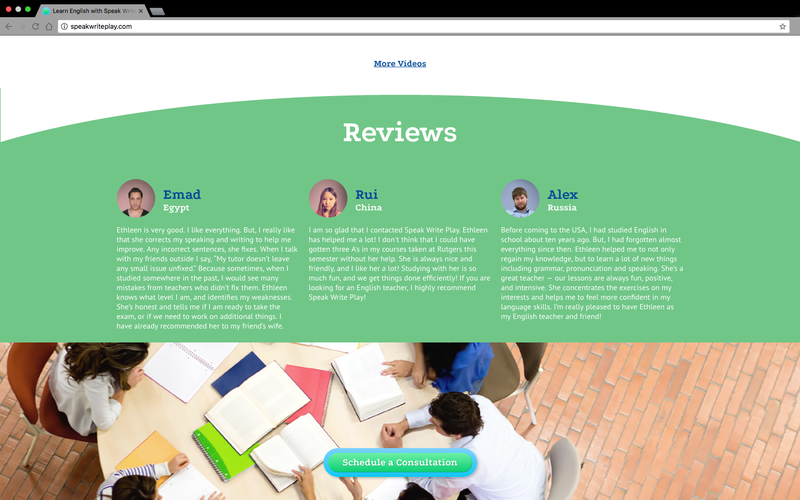

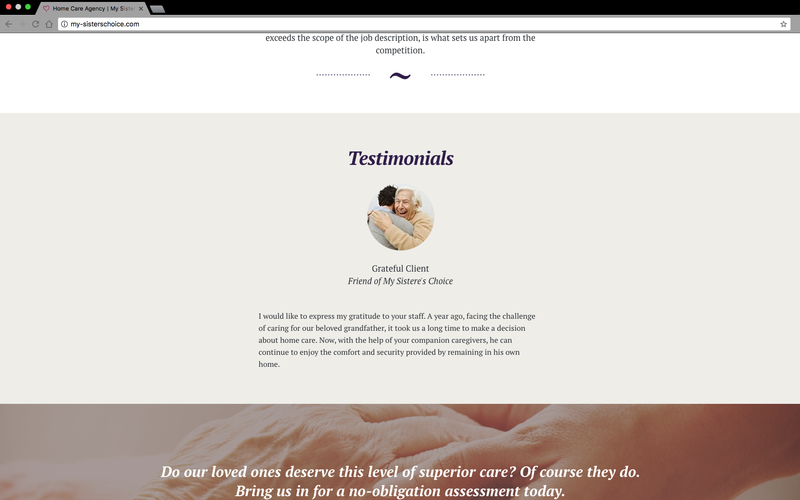
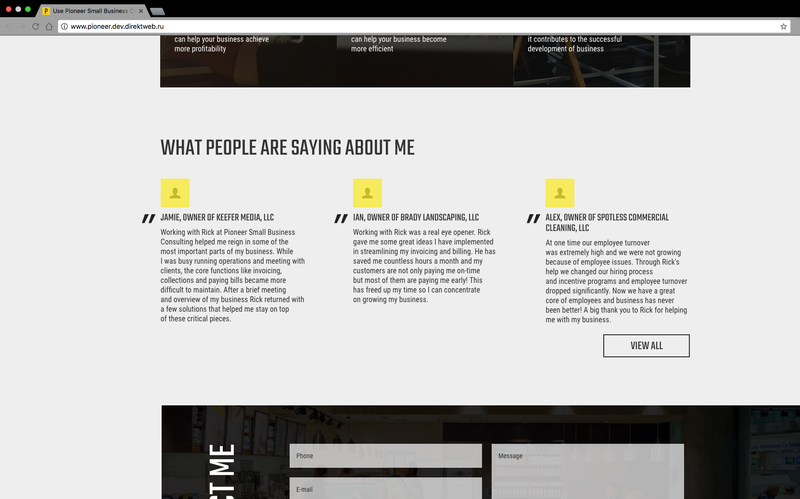
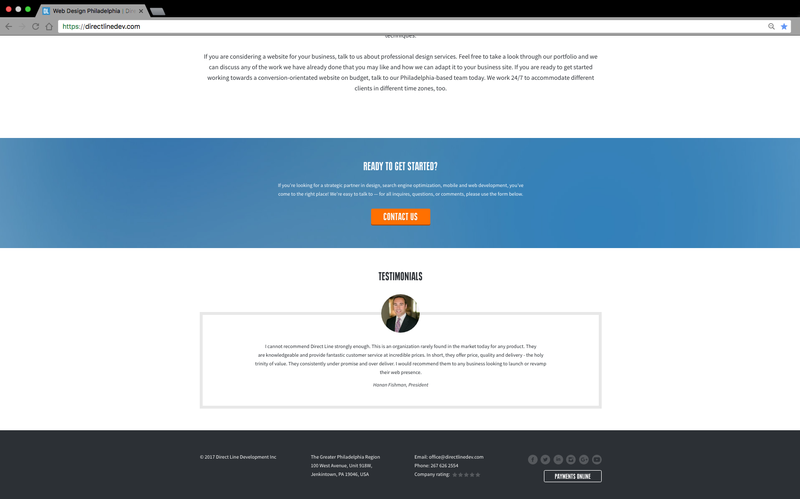
8. Improve Your Download Speed
This one is obvious, but it is helpful to hear again and again. The faster your website, the more likely it is that users will be satisfied while using it. This is especially true on mobile or tablet versions of your website, which is often comparably slower when compared to desktop versions or internet speeds from home and office settings. Users will instinctively expect to have the website opened and loaded completely within 2 seconds of opening it. By not meeting this simple criterion, you are already harming your conversion rate.
Often individual pages can be overloaded with features that harm the download speed of your website, so you must not only take into account the speed of your website as a whole, but also the speed of each individual page. A simple tool in order to gain a relative understanding of your site’s speed is available here: testmysite.thinkwithgoogle.com.
9. Slim Down the Amount of Forms on Your Website
At first, it may seem like a great idea to provide your visitors with “fill in the blank” forms in order to gain more information about your audience and to more accurately direct their search on your website. The problem with this, however, relates back to the previously mentioned topic of one’s inclination toward laziness. Too many fields to fill out without enough results and you will find your users bouncing from your site without even thinking about it.
As a general rule, 3 separate fields is usually enough information for you to understand and work with your visitors without overwhelming them with questions. Twitter, for example, requires new users to fill out only 3 fields in order to create an account. Every additional box that you add increases the likelihood that people will not fill out the information by 20-50%.
10. Make the Best Changes to Your Website
We do this in all aspects of our lives. Our parents, our significant others, even our pets will all react differently depending on how we approach our interactions with them. If you notice your dog isn’t eating as much as it used to before, maybe switch brands of dog food. Your mother might be religious, so you know not to bring up religiously-heated political topics. The same is true for the visitors to your website.
It is possible for you to assess how a new picture, new description, or new layout affects the conversion rate of your website. If you notice a dip in your conversion after you make a certain change, you can begin to compile valuable data that helps you gain valuable insight in the minds of your customers’ preferences. By changing just one word on the site, you could increase your overall conversion rate. This is why we believe that it is incredibly important to ensure that you are constantly assessing the effectiveness of the changes you make to your website.
Summing It All Up
Generating traffic and increasing your visitor conversion rates are the main goals of embarking on an organic search engine optimization strategy. We are confident that with the proper understanding and skillsets, anyone can begin molding their website into an invaluable conversion tool for their business. If you’re anything like us, you’ll find these new methodologies to be fun and fascinating to see in action. In fact, we are constantly finding and experimenting with new SEO practices and testing them on our own projects in order to give our customers the best online experiences as possible.
If you enjoyed this article and would like to learn more about your own (or future) website’s potential, contact us today and we will test it free of charge!







Comments
Cool article, a lot of usefull information. When is gonna be the second part ?
Someone might ask, "How can I as a business owner track the conversion on my site?
I am working on the second part of the series and it will be ready in March. Stay Tuned!
This is a very good question Ben. We will be writing a blog article on this very subject that will highlight the importance of analytics and transparency of statistics between customer and the web developer.
Very useful information! I'm looking forward to reading more!
So I have a question, how does increased exposure affect the conversions themselves?
Thanks.
Awesome article. I like the easy-to-follow list format and all the applicable information. Keep them coming!
Same!
Calls to action need to be well thought out in order to drive action from visitors. well done.
Great article! After all, what is the point of having a great website if the visitors don't properly engage with it and with the company behind it?